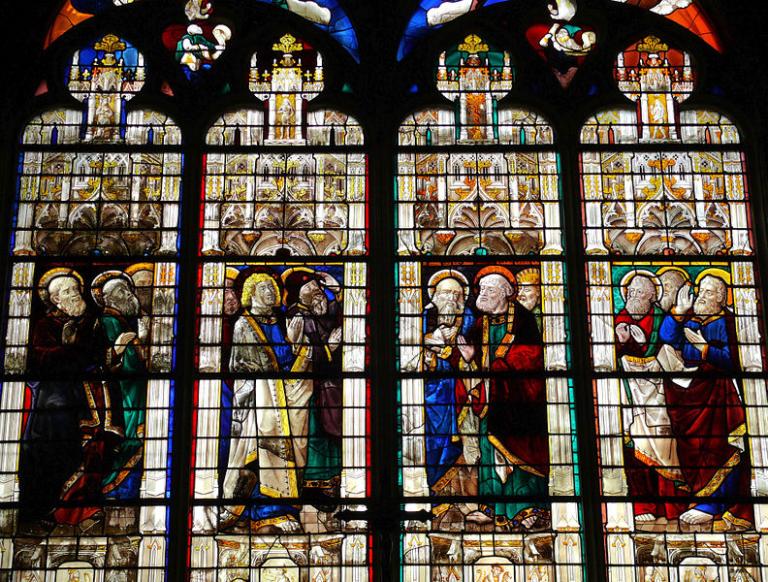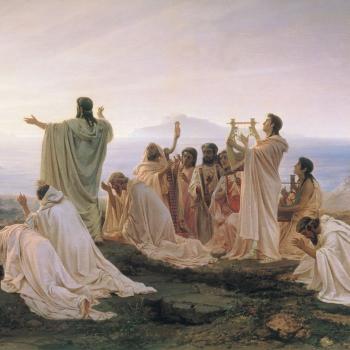
(Wikimedia Commons public domain image)
Compare John 7:1
Both Mark and Luke say that the disciples “didn’t understand” what Jesus was saying, though what Jesus was saying seems unmistakably clear: He would, he told them, be betrayed and killed, and he would rise again on the third day.
What was difficult to understand about that?
It’s hardly vague.
They obviously understood at least part of it, because Matthew says that “they were greatly distressed” by what Jesus had said and Luke says that they were “afraid to ask him about this saying.” In other words, they knew that it portended something bad. It worried them.
Were they perplexed about why Jesus was to be betrayed and killed? Did they worry about what that would mean for them, as his followers? Did they question why, if he knew it was coming, he was taking no apparent steps to prevent it? Did they wonder whether Jesus would simply come back to life as an ordinary person, or whether the general resurrection was to begin, so soon, with him? (Standard Jewish teaching on the resurrection in the first century was that it would happen, for all human beings, at the end of time; there was little if any expectation in Judaism of the resurrection of a single human individual before that.)
The Greek verb ἠγνόουν as it appears in this passage (“they didn’t understand”) comes from ἀγνοέω, which can be translated as “to be ignorant,” to not know,” “to make a mistake,” “to be wrong,” “to not understand,” or, as it’s used in modern Greek, “to ignore.”
I’m not sure that it was the bare prediction of betrayal, death, and revivification that the disciples didn’t understand. I suspect that their concern was more general or fundamental than that. Maybe “they just didn’t get it” would capture the sense here.

This curious little item appears only in the gospel of Matthew.
St. Peter’s fish, a species of tilapia, seems to have originated in Africa but to have reached the Sea of Galilee soon after it was formed about 20,000 years ago.
Restaurants all around the lake serve essentially the meal shown above. On the tours that my wife and I lead there at the end of each April or the beginning of May — and that we’ll be doing again this year in June, as well — we always enjoy a group lunch at Kibbutz En Gev, on the eastern shore. Non-fish-eaters can choose either pizza or (I think) spaghetti, instead. Neither the fish nor the spaghetti is very good. I suspect that they weren’t traditional New Testament dishes.












